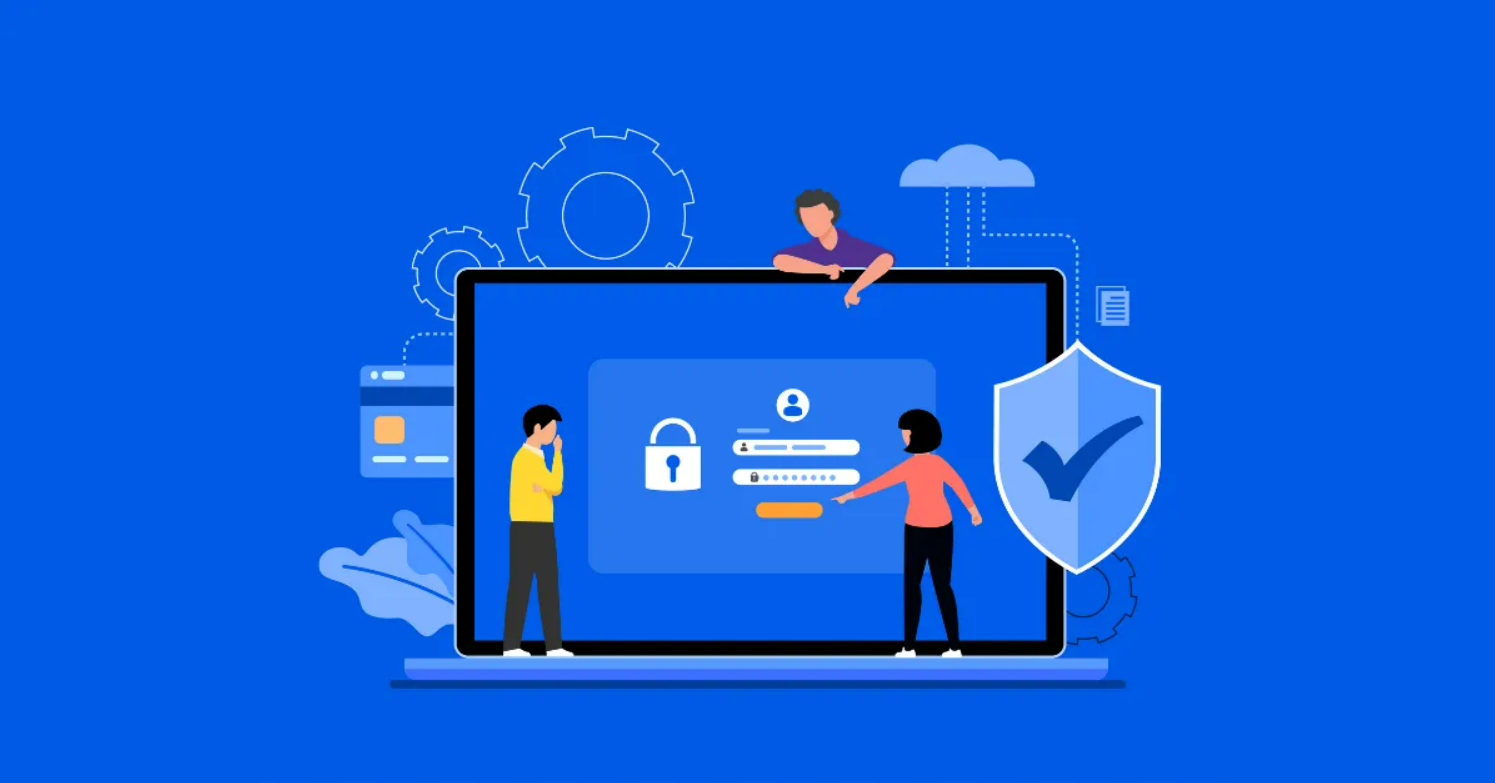Let me introduce you to Single sign-on (SSO) for Windows and Microsoft 365, which provides a streamlined authentication experience for users by allowing them to use the same credentials to sign in to their Windows devices and Microsoft 365 applications. With SSO, users only need to enter their login credentials once, and they can then access their Windows device and Microsoft 365 applications without needing to enter their password again.
Here are some benefits of SSO for Windows and Microsoft 365:
- Improved security: SSO reduces the risk of password-related security breaches by eliminating the need for users to enter their passwords multiple times
- Enhanced user productivity: SSO provides a seamless and efficient login experience that helps users be more productive
- Simplified user management: SSO allows IT administrators to manage user accounts more efficiently by providing a single sign-on solution
I would also like to talk about Biometrics, MFA and Self Service portal along with Single Sign On:
- We mostly provision Windows 10 Pro, which offers Windows Hello as a feature. Windows Hello is a biometric authentication feature that allows users to log in to their devices using facial recognition, fingerprint, or PIN. Windows Hello offers a more secure and convenient way to log in to a Windows 10 Pro device. It eliminates the need to type in a password whenever a user wants to access their device, making it faster and more efficient. Instead, users can unlock their devices using their face, fingerprint, or PIN
- Multifactor authentication (MFA) is an essential security feature for Microsoft 365, as it provides an additional layer of protection to help prevent unauthorized access to user accounts. MFA requires users to provide two or more forms of authentication to verify their identity, which helps to reduce the risk of a data breach or cyberattack
- Microsoft 365 offers a self-service portal for its users to manage their accounts. This portal allows users to access and modify their account information, including their username, password, and contact details and set up their MFA
Get in touch to learn more about how to implement:
- Single Sign-on for Windows and Microsoft 365
- Multifactor Authentication
- Self Service Portal

